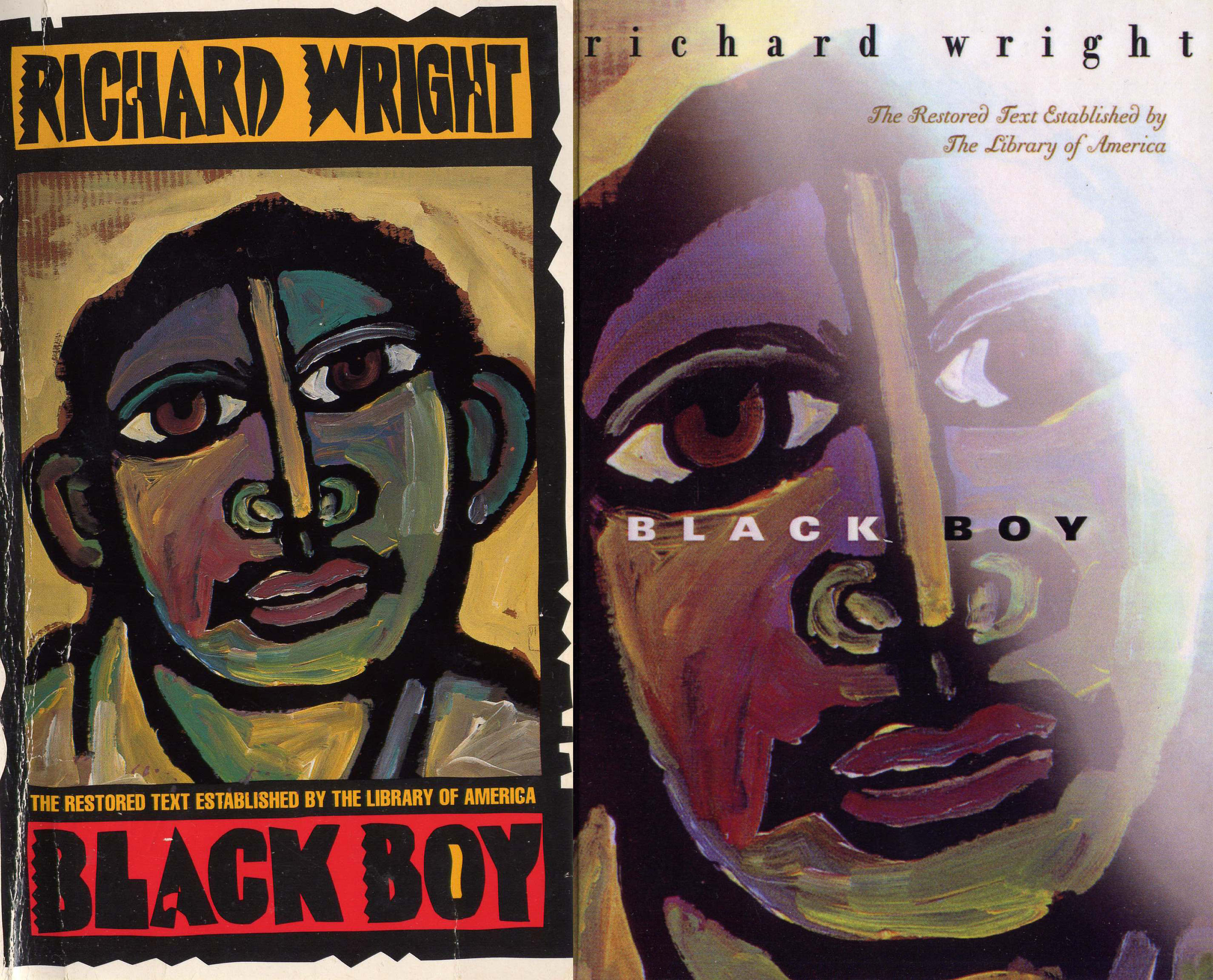Representing Richard Wright’s Black Boy
Five years after the release of his popular and critically acclaimed novel Native Son (1940), Richard Wright published an account of his early life in the South entitled Black Boy (1945). The book has become one of our most well-known autobiographies. Since its initial release, publishers have reprinted the book in slightly different formats and with new covers over the decades.
A look at the multiple publications of Black Boy provides us with opportunities to consider how publishers represented the same black book in various historical contexts. The covers show how versions of a book by a black author were designed and promoted in order to heighten interest among reader-customers. The publishing history of Black Boy is also the history of marketing African American literary work.
2020
The 2020 edition of Black Boy contains a closeup image of one side of a black boy’s face. He stares directly forward as the embodiment of the book’s title.
This edition of the book contains a foreword by novelist John Edgar Wideman, an afterword by Wright’s grandson, Malcolm Wright; comments from Wright’s daughter Julia Wright, and an excerpt from a previous introduction by Wright scholar, Jerry W. Ward, Jr.








